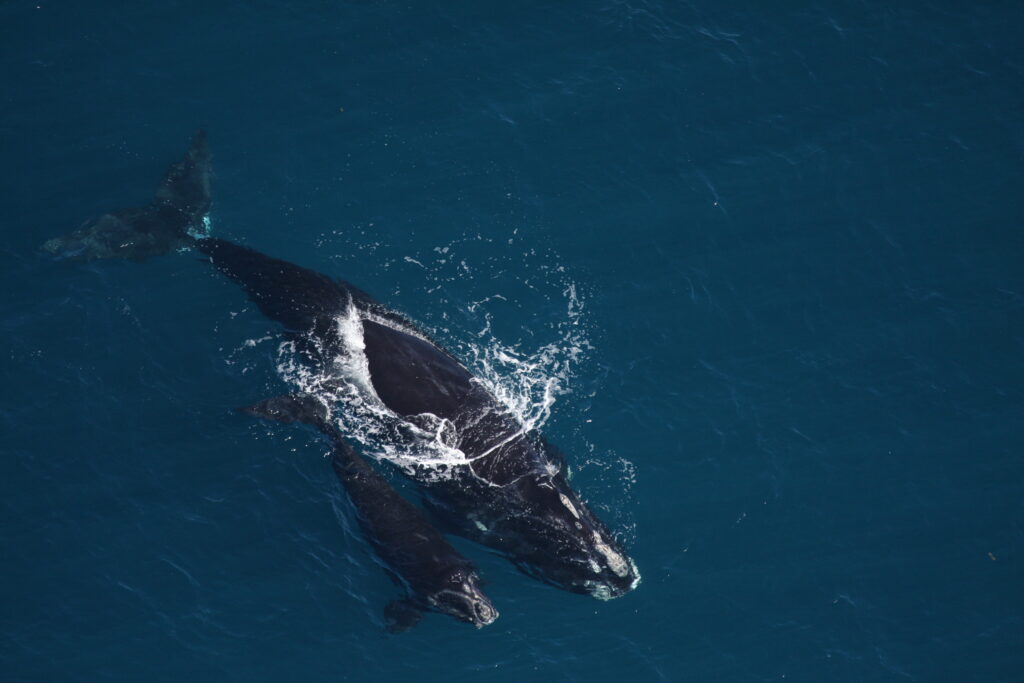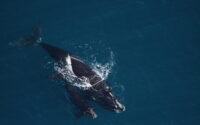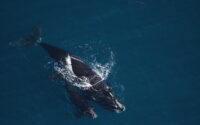Journalists and Scientists Coming Together
By Gissel Quechol-Raya
Journalism and scientific writing may be considered opposites. Although both are informational, one includes facts with emotions while the other has more academic writing and language. Pulitzer Prize winning journalist Ed Yong has been able to identify how to combine both reporting on scientific findings but as well as the emotional aspects making the readers question their consciousnesses towards wildlife (Drake, 2019). Nadia Drake a science journalist interviewed Ed Yong about his piece titled “North Atlantic Right Whales Are Dying in Horrific Ways”.
Ed Yong starts off with a strong alarming fact about North Atlantic whales and a statistic of six whales dying in a month. Yong mentions his interest in wanting to learn “exactly what happens when a whale gets struck by a ship or gets entangles by a line” (Drake, 2019), which shows initiative for the audience of how important this piece may be to Yong. He established that whales are individuals, and the death of the whales are “the final chapters of six stories, a source of grief for six families” (Drake, 2019), allowing space for many to think of how we view animals and their tragedies.

Florida Fish and Wildlife Conservation Commission, taken under NOAA research permit #15488.
In this piece, each whale that has passed away is introduced, not only do we know their name and age but the way in which some have died because it is mentioned that not all the reports are out at the time of posting. Yong describes that he wanted his readers to feel as if the whales were also humans with a family and how a death can impact the feelings of the family. A description in his piece compares whales to cats and dogs, describing the way we do not see their suffering as we do with cats and dogs. Meaning humanity needs to change how it views those included in nature.
Bob Wyss, author of Covering the Environment describes the importance of interviewing a scientist. He suggested that there is a trust built between the reporter and the scientist, this can include aspects like getting to know them and their work (Wyss pg. 73, 2019). Not only does this make the relationship grow but it can also help in the long run as they can become a source of news to a reporter or journalist.
Both forms are methods of communication, one informs the public, the other informs the academic world, of course, the public is allowed to also have access to the document, but it can be difficult when trying to understand what has been written if no previous background on the topic. It is mentioned how “scientists should reach out to journalists even when they believe that reporters have made an error in judgment. Journalists should keep an open mind in talking to scientists” (Wyss pg. 78, 2019), and this is the importance of communication. If one needs help, the other can be available for a follow-up session after an interview to cover the basic ground again. It is key to good journalism that both groups do not attack each other, instead, they need to join forces when educating the public.
Sources:
Wyss, B. (2019). Chapter 5 “interviewing scientists”. Covering the environment: How journalists work the green beat (2nd ed., pp. 64-78)

